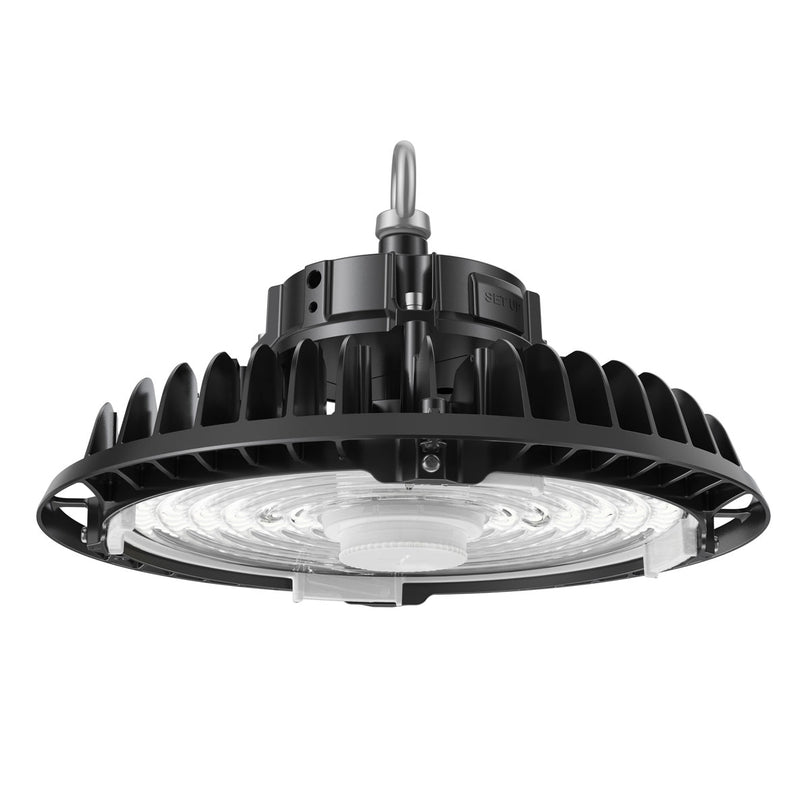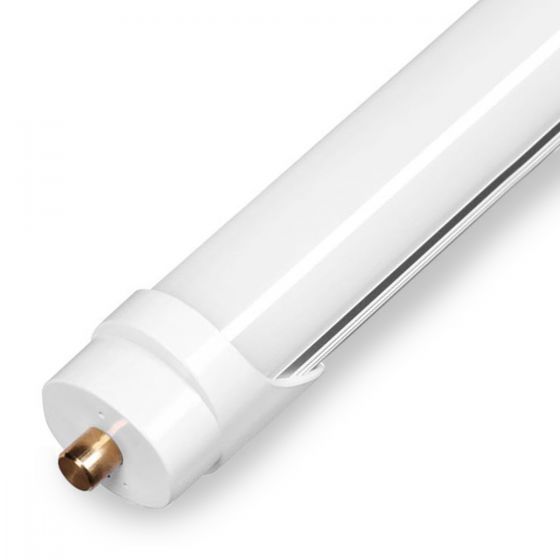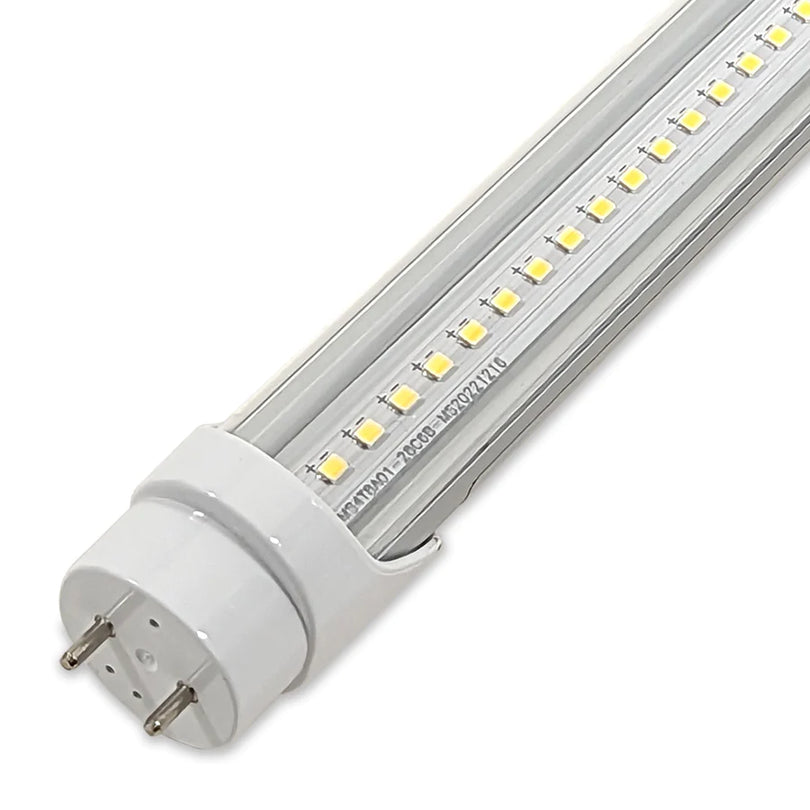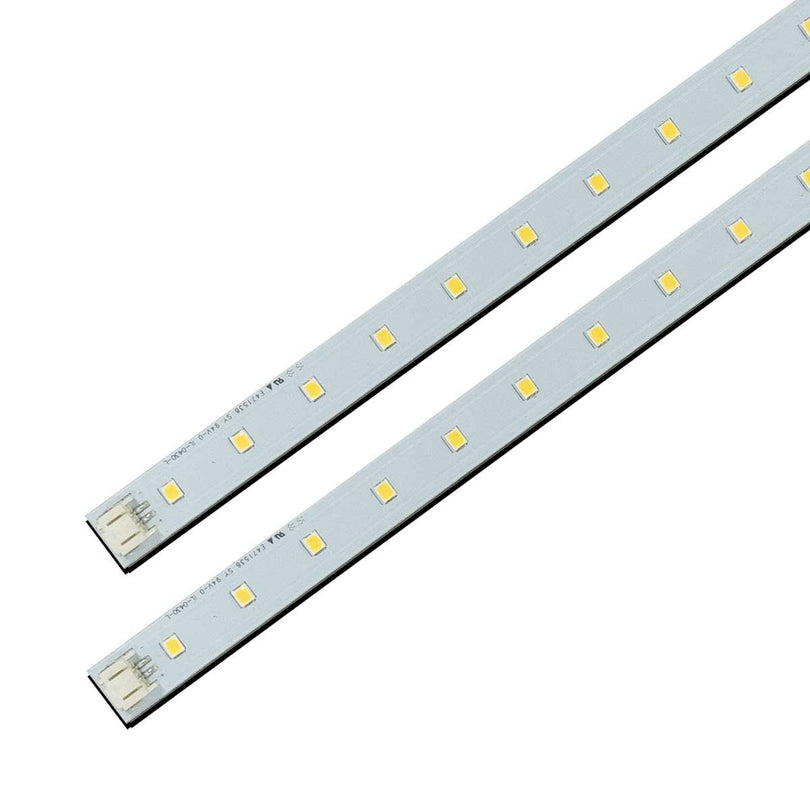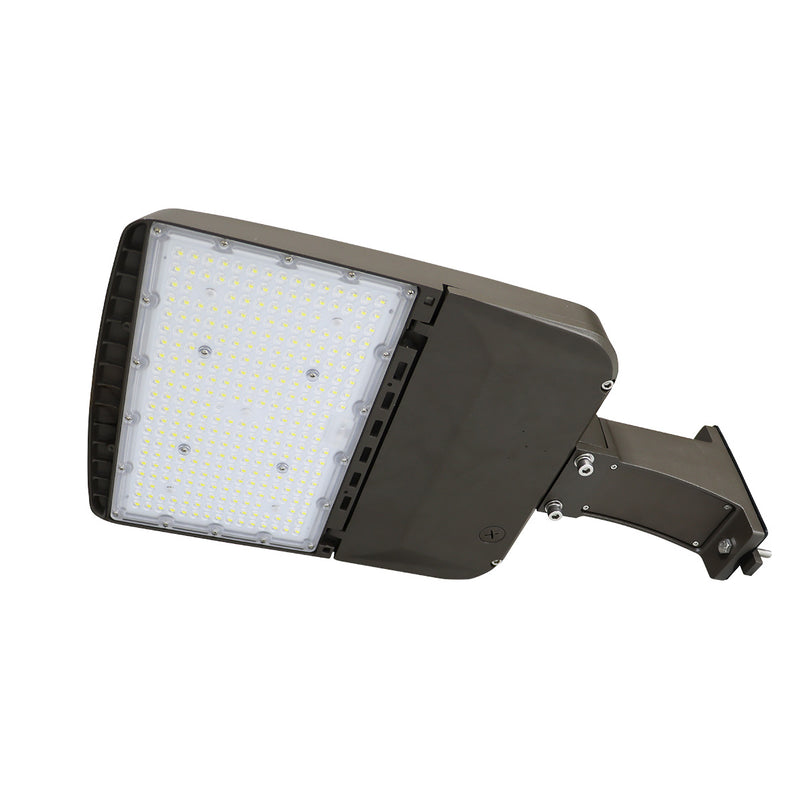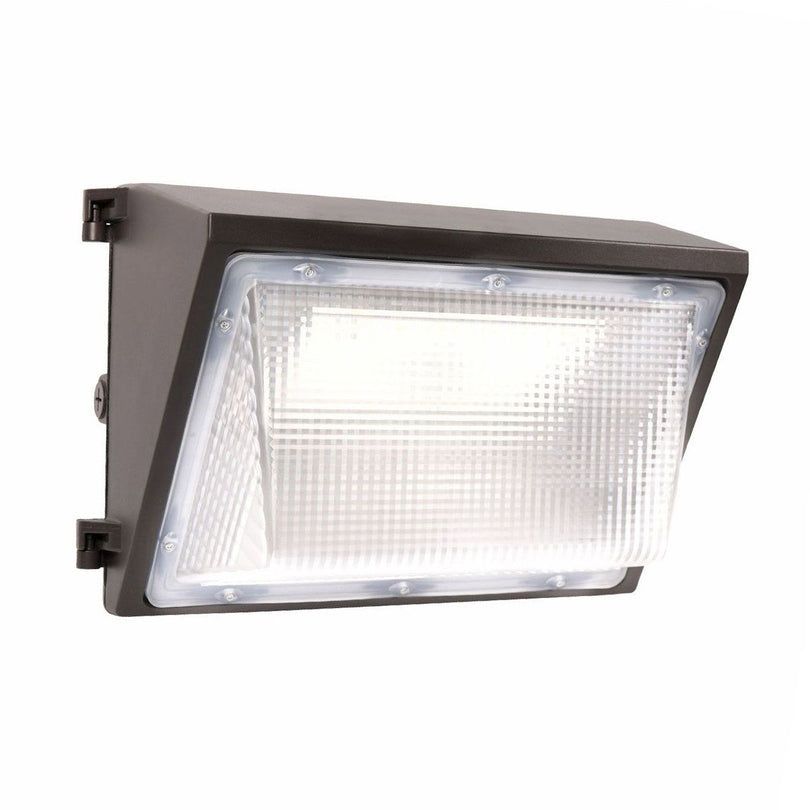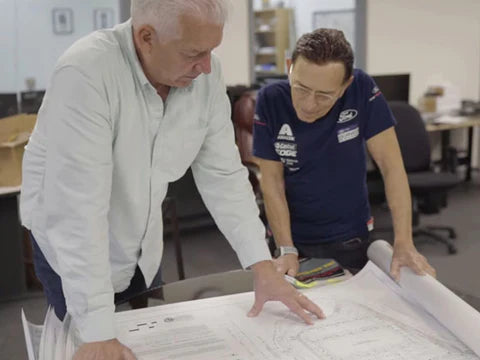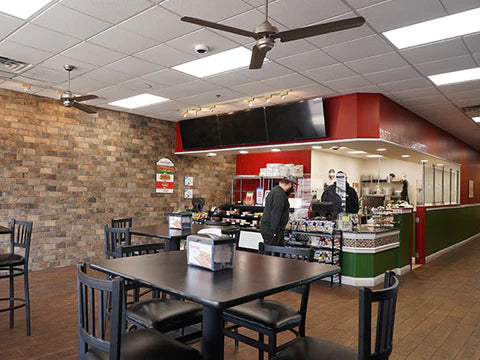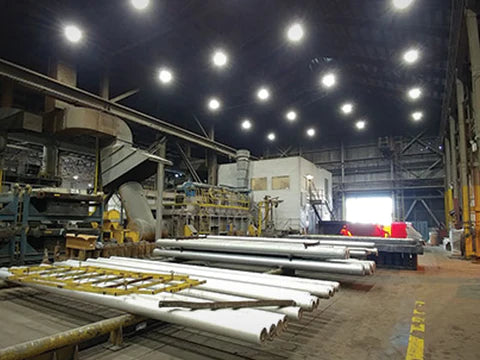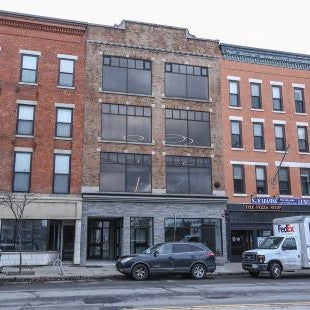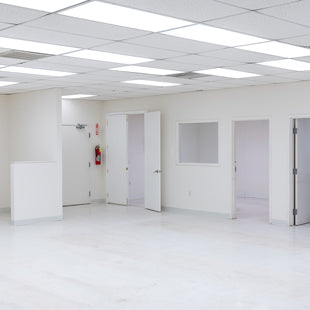Energy Savings Make a Strong Case for Upgrading Your Company's Lighting
Switching to LED lighting can lead to significant cost savings for businesses. In fact, the US Department of Energy estimates that LED technology can reduce the operating costs of lighting by up to 75%. However, one of the biggest hurdles to making the switch is justifying the cost of the upgrade.
That's where energy savings calculation comes in.
If you knew you'd save over $12,000 on your energy bill over the next five years by replacing ten 400W lights with ten just-as-bright 150W lights, it makes for a pretty easy decision. Especially if you're in a high electricity rate area, like California, New England, or New York, where the energy savings can pay back the cost of the upgrade in less than a year. After that, all the savings goes right back into your company's budget for more productive use.
Plus, if energy efficiency rebates are available from your utility provider, payback time gets even smaller. At ELEDLights, we've done major lighting upgrades for customers that paid back their cost in under a month, thanks to generous incentives programs.
How to Calculate Energy Savings for a Lighting Upgrade
ELEDLights' free & easy energy savings calculator helps businesses like yours understand just how much money can be saved by upgrading the current lighting. The calculator takes into account factors such as the number of fixtures, hours of operation, and the cost of electricity, to provide a useful estimate of your potential savings.
Using the energy savings calculator is simple: Fill in a few form fields and the calculator will display your potential energy and cost savings over time, along with the cost of putting off your upgrade.
These numbers can be a powerful tool for making the case for upgrading to LED lighting.
You can get to the calculator from any light's page on our website. Look for the blue Calculate Savings link:

When you click through from a light's page, several of the calculator's fields will automatically be filled in. You just need to enter your quantity and adjust the electricity rate and hours of operation as needed.

You can also visit the Energy Savings Calculator directly and enter whatever numbers you need: https://www.eledlights.com/pages/energy-savings-calculator (Tip: bookmark to easily return.)
How to Use Energy Savings Results to Get the Job Done
So, how can businesses use the calculated savings to justify the cost of the upgrade? Here are a few key steps:
- Compare the Upfront Costs: First, it's important to compare the upfront costs of the LED lighting system with the cost of keeping your current system. This includes the cost of the fixtures, installation, and any associated equipment or materials. The energy savings calculator can provide a good estimate of the upfront costs and the potential payback period for the investment.
- Highlight the Long-Term Savings: Once you have a good estimate of the upfront costs, you can use the energy savings calculator to highlight the long-term savings that will be achieved through the switch to LED lighting. This includes energy savings, maintenance savings, and potential incentives or rebates. The energy savings calculator can provide a clear breakdown of the estimated cost savings over time.
- Consider Non-Financial Benefits: While the financial benefits of switching to LED lighting are significant, there are other benefits to consider. For example, LED lighting can improve the quality of lighting in your facility, enhance safety and security, and reduce your carbon footprint. These benefits can also help to justify the cost of the upgrade.
- Make a Strong Case: Finally, use the information from the energy savings calculator to make a strong case for the switch to LED lighting. This may include a written proposal, a presentation to decision-makers, or other forms of communication. The more data you can provide about the potential cost savings, the more likely you are to get buy-in for the upgrade.
Our energy savings calculator is a simple tool that makes a powerful case for switching to LED lighting and justifying the upfront costs. So, if you're considering making the switch to LED lighting, be sure to take advantage of this valuable resource.
Don't Forget Energy-Efficiency Incentive Discounts
Many companies are eligible for incentives and rebates from their utility provider for upgrading to more efficient lighting. These incentives can reduce the cost of your new lights. ELEDLights makes it easy and fast to access that information.
When you're on a light's page and that light is rebate eligible, simply click the Find Instant Rebates link that appears underneath the price:

Once you have a rebate estimate*, be sure to update the unit cost of new lights in the calculator (and watch your payback period shrink)!
If you have any questions about our energy savings calculator, instant incentive rebates, or LED lighting in general, don't hesitate to reach out to our team:
Call: 215.355.7200| Text: 267.266.8330| Email: lights@eledlights.com
*Sometimes the rebate estimate is "up to" an amount that exceeds the price of the light. Utility companies won't pay more than the light is sold for, and they often have a limit as to how much of the price they'll cover, even if the available rebate is for more than the light. In some areas, this $199.88 light could be $1 plus sales tax. In other areas, only 75% of the light cost may be covered, in which case you'd pay $49.97 instead of $199.88—still a big savings! If the estimate is equal to or higher than the price of the light & you don't know what your utility company's rules are, you can either click the "Contact Us to Redeem" link to get more detailed information, or you can just estimate that they'll cover 75% of the cost & work from there.

 215.355.7200
215.355.7200